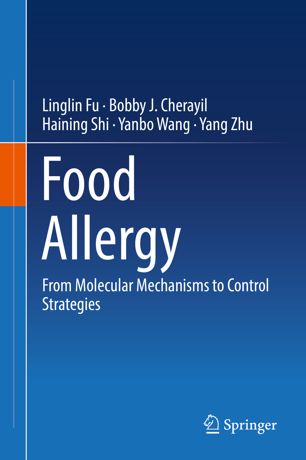

Most ebook files are in PDF format, so you can easily read them using various software such as Foxit Reader or directly on the Google Chrome browser.
Some ebook files are released by publishers in other formats such as .awz, .mobi, .epub, .fb2, etc. You may need to install specific software to read these formats on mobile/PC, such as Calibre.
Please read the tutorial at this link: https://ebookbell.com/faq
We offer FREE conversion to the popular formats you request; however, this may take some time. Therefore, right after payment, please email us, and we will try to provide the service as quickly as possible.
For some exceptional file formats or broken links (if any), please refrain from opening any disputes. Instead, email us first, and we will try to assist within a maximum of 6 hours.
EbookBell Team

4.4
72 reviewsThis book addresses the molecular mechanisms of food allergies and related control strategies. To do so, it covers a broad range of topics, including: the basic immunology of food allergies, including crosstalk between gut mucosal immunity and allergens; types of food allergens, structure of food allergen epitopes and cross-reactivity; detection and quantification methods for food allergens; in vitro and in vivo models for evaluating allergenicity; novel food processing methods for the development of hypoallergenic foods; bioactive natural compounds and functional foods for alleviating allergic reactions; modulation of the microbiota in food allergies and use of probiotics in allergic response regulation; and risk assessment and control strategies for food allergens.
The information provided will enable food scientists/specialists to design safer and more functional food products, and will help regulatory agencies identify and label food allergens (and thus help consumers avoid allergic reactions). It will help clinicians and public health investigators prevent or treat outbreaks of food allergies, and will provide food producers and processors, as well as government inspectors, with valuable insights into evaluation, risk assessment and control strategies for allergens. Lastly, it will benefit upper-level undergraduate and graduate students in food science and safety, public health, medicine, nutrition and related fields.